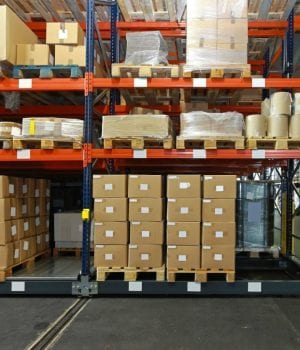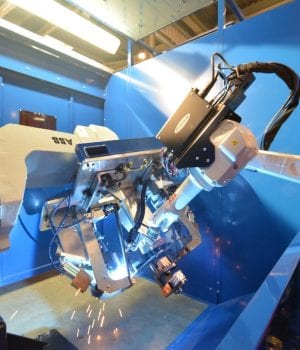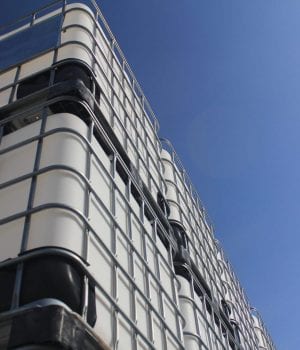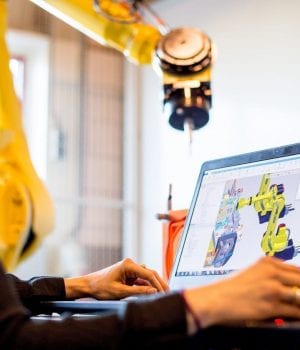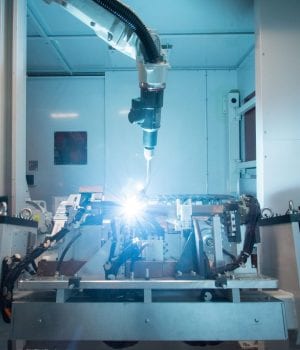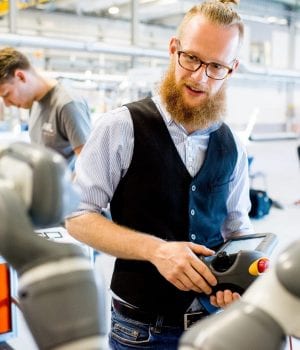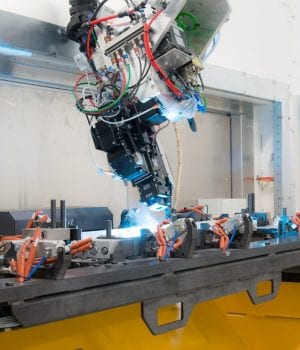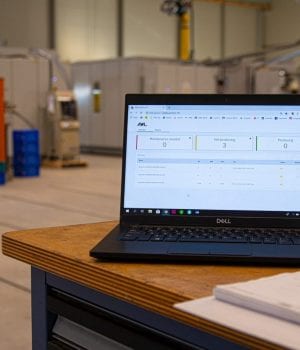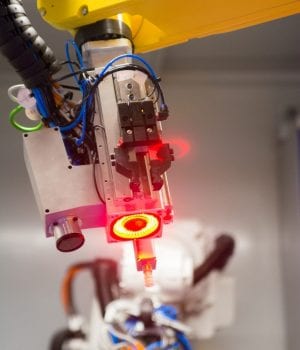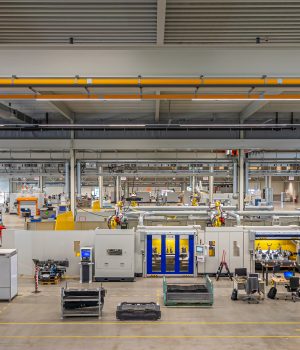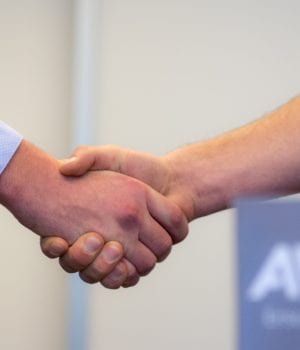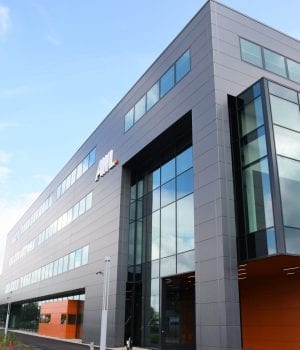Seam tracking
Seam tracking – also referred to as a welding seam tracking system – is an indispensable technique when precisely positioned welding seams are to be applied to imprecise components. The welding seam’s position is compared to the programmed track as welding is in progress. This makes it possible to immediately correct the position and ensures the welding seam is always applied exactly where it needs to be. The result is very high and constant welding quality.
How does seam tracking work?
Seam tracking makes it possible to reliably apply welding processes that require high precision to work objects with high tolerances. The welding seam tracking system measures where the seam is located exactly and corrects the position of the laser beam such that the beam precisely follows the seam – even when the seam is not located at exactly the right place. In other words, the welding robot is guided precisely along the welding seam, producing very high quality as a result. This makes quality control superfluous.
Seam tracking in various welding applications
AWL makes use of seam tracking in various areas, such as in production machines for battery packs for electric cars, for laser-welded fillet welds on bumpers, for switch cabinets for electrotechnical applications and for exhaust systems. In each of these situations, imprecise components are welded in production series that, without exception, must be of very high quality. If your application is not included above, no problem: seam tracking can also be used for many other welding applications. And should it be the best choice for your situation, we can develop this technique in such a way that it can also be perfectly integrated into your unique process.
AWL's seam tracking
AWL supplies seam tracking from renowned partners, but also develops this technology itself. The technology provided by our partners is especially suited for applications in which your welding robot makes straight-line welding movements. By contrast, if the welding includes many curves and crooked movements, then our in-house developed seam tracking system is the solution of choice. In our system, the robot’s movements are not adjusted during the welding process, but are generated prior to the start of this process. This ensures one hundred percent precision.

